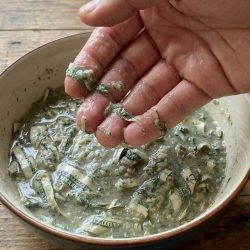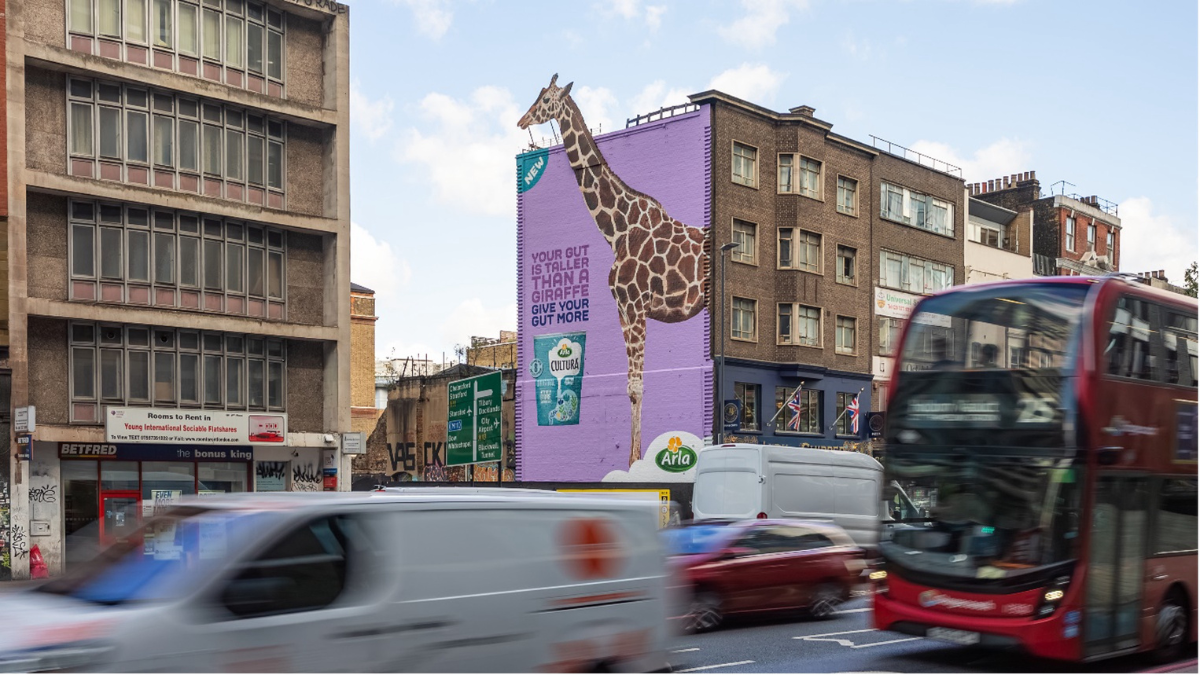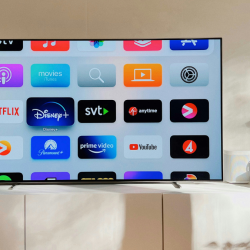In the first article in this series, I referenced three types of algorithm: brand, relationship and business. The article that followed dealt with the first of these. This one discusses the second: relationship algorithms.
Unlike brand algorithms, relationship algorithms are personal — personal data in, personal experiences out.
And unlike the relationship marketing of the past, these algorithms create opportunities to build one-to-one relationships with customers that actually resemble relationships.
They don’t make marketers redundant, however.
In the age of AI, human intelligence remains vital, not just in customer-focused roles, but under the bonnet, too. Here, we need people not just to architect the technical components of the algorithm, but also to operate either side of it, furnishing it with ever-richer inputs and imagining more valuable experiences as outputs. As companies converge around the same technologies, it is this human savvy that will create advantage.
The central algorithm
AI means that customer data platforms can now analyse vast amounts of diverse customer data. AI decisioning engines better predict Next Best Actions for each individual customer, while machine learning sorts audiences into segments based on behavioural data. And it can all happen in an instant, as AI learns and adjusts to what customers want in real time.
As well as unlocking more value in our clients’ data, these types of algorithms will also make retail media more effective, with advertisers better leveraging the retailer’s customer data at a more granular level.
Human architects are still needed to stitch together the different technologies that make this data crunching possible. And the importance of humans’ holistic contributions is even more apparent when we consider not just the algorithm but also the data that goes in and the experiences that come out.
Imagining more valuable experiences
It takes human imagination, not just a sophisticated decisioning engine, to design the best Next Best Experiences for individuals.
Take Strava. My feed has recently started giving me a personalised summation of each of my runs. Yesterday, its AI wrote a paragraph congratulating me on a session that had required a particularly high level of effort.
It is not hard to imagine further innovations. For instance, Strava might create a moustachioed avatar of my own personal running coach (I’m thinking 118 118) to deliver a rousing speech at the end of each race, or spur me on during interval sessions.
These kinds of experiences need to be useful for the user, true to the brand and distinct from the competition. They might take an algorithm to deliver, but they need a human to imagine them in the first place.
Designing for richer inputs
Next let’s consider the customer data that feeds the algorithm.
The Strava examples I mentioned above were and could be created using the same data the app has always collected. But we can also imagine experiences fuelled by new types of data. For instance, Strava could partner with Spotify to create playlists defined by session intensity, thus combining Spotify data (the music I like) with Strava data (how fast I am running now). Or suppose I love Strava so much — which, as you might have gathered, I do — that I agree to give it fuller access to my medical data, so it can be watchful for any real-time health risks as I exercise.
Outputs and inputs create a virtuous circle. Richer inputs fuel better outputs; meanwhile, the promise of better outputs, means the user will be willing to provide richer inputs.
As AI agents begin to be deployed, the relationship between brand and individual can become increasingly conversational. In this scenario, inputs are not just delivered in real time, they become even richer as insight accumulates and becomes more pointed as the conversation progresses. Continuing to use Strava as an example, a deeper relationship would be for the running coach to use our conversation (as well as my running data) to impart ever wiser and more tailored advice.
Experiences like these already exist. For instance, Kroger introduced Chefbot to help people make the most of ingredients they already had at home. Hungry users simply take a photo of the ingredients in their fridge, tweet it to the Chefbot, and Chefbot replies instantly with recipe suggestions.
This again shows the interplay between algorithmic input and output. It receives personal information that would typically remain private — the real-time contents of a fridge — enabled by the promise of a useful and personalised end result.
Building better relationships can’t just be left to the machines
Relationship algorithms are vital in creating stronger, more personal relationships with each and every customer.
However, humans are as important as ever. If in the years to come the technology driving the algorithm ceases to be a differentiator, the differentiator will be the insight that goes in the front, and the experiences that come out the back.
Humans will be vital in both of these: dreaming up new types of experience for customers, and new types of data that inform them.
Featured image: Daniel Reche / Pexels
